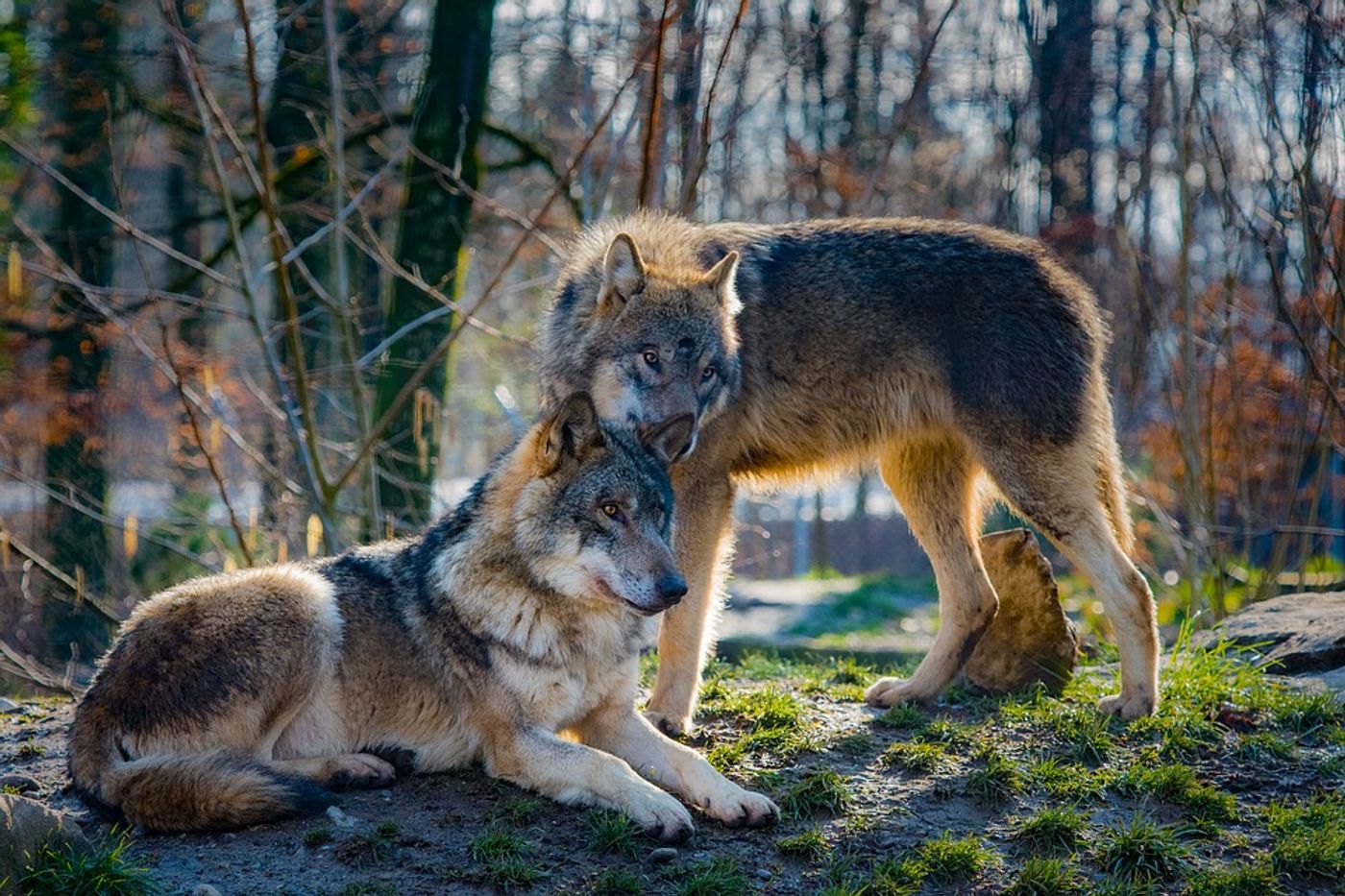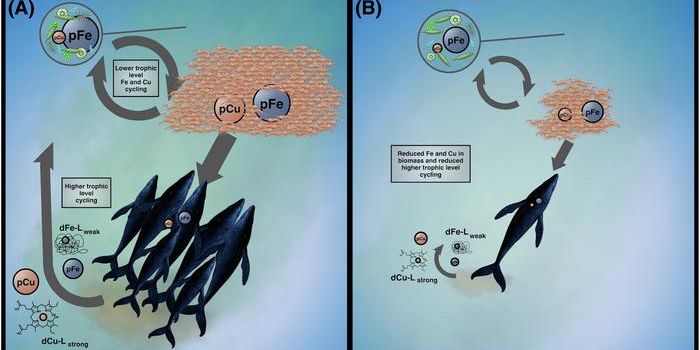Reintroduction of Wolves to Yellowstone National Park Yielded Positive Impact, Study Shows
Something incredible has been happening at Yellowstone National Park since the reintroduction of wolves there in 1995, and a new study published this week in the Journal of Mammalogy shares why it may have been a brilliant idea.
Image Credit: Pixabay
Researchers have been studying large mammal populations very closely in Yellowstone National Park for more than four decades, and as it would seem, reintroducing wolves to the region 23 years ago had a profound impact on wildlife diversity that no one expected to see.
"Yellowstone has benefited from the reintroduction of wolves in ways that we did not anticipate, especially the complexity of biological interactions in the park," explained study lead author Mark Boyce, an ecologist with the University of Alberta.
Related: Wolf species resistant to prion disease
Human intervention played almost no role in the reintroduction of wolves to Yellowstone National Park. Upon setting wolves free there, conservationists walked away, grabbed some popcorn, and sat back to enjoy the show that nature put on.
Several years later, scientists have learned a lot about how this decision impacted the region. Changes included increased bear and bison populations and an uptick of aspen, cottonwood, and willow trees throughout the park.
In fact, it appears that bison have overtaken elk as the most prevalent herbivore in the park’s Northern parts, and their growing population numbers display zero signs of slowing down anytime soon.
"We would have never seen these responses if the park hadn't followed an ecological-process management paradigm—allowing natural ecological processes to take place with minimal human intervention," Boyce added.
Related: Dogs with undesirable traits die young, study finds
The results are indeed particularly fascinating, but Yellowstone National Park may have had an unfair advantage from the start. It's a protected national park, so the human footprint is more limited there compared to other parts of the world; regions dominated by human populations react to environmental changes differently, and this is something to keep in mind for future studies.
“Human-dominated systems are very different, and wolf recovery will not produce the same results because agriculture, livestock, and hunting overwhelm the effects caused by large carnivores,” Boyce elucidated. “We already have viable populations of wolves, bears, and cougars across much of Alberta but their influence varies depending on the extent of human alterations to the system.”
Given the circumstances, replicating this effect in other environments may be very challenging or perhaps impossible. But it does show how letting nature take its course with little human intervention can sometimes yield the best results in diversifying an ecosystem.
It should be interesting to see how these results keep up as time goes on, and moreover, whether conservationists will attempt the same technique in other regions around the world. But only time will tell...
Source: Phys.org, Journal of Mammalogy









